
What Are WEEE Labeling Requirements?
Recently, Amazon reminded sellers to check the validity of their German weee registration numbers in the backend. If the registration number is marked as invalid or expiRED, sellers must submit a valid registration number within 30 days, or the platform will remove the associated product listings.
Similarly, platforms like AliExpress, TEMU, and eBay also require sellers to register and declare under the German WEEE regULations, implementing control measures for electronic and electrical equipment shipped to Germany.
All electronic and electrical products sold to Germany must complete WEEE registration. Many sellers are unfamiliar with this process, so here are answers to some common questions.
What is German WEEE?
The German WEEE is the Waste Electrical and Electronic Equipment Directive, a regulation concerning the recycling and disposal of all electronic products within the EU.
Environmental Responsibility
The directive requires producers to take environmental responsibility, including designing products with eco-friendly materials, establishing recycling channels to ensure proper disposal of waste electronic products, and regularly reporting waste disposal details and sales data to the relevant authorities.
Registration and Fees
Producers must register with the German Electrical and Electronic Equipment Register before placing their products on the market and obtain a WEEE registration number. Additionally, they must regularly pay processing fees to support the recycling and disposal of waste electronic products.
Consequences of Non-Compliance
Non-compliance with the WEEE directive can result in the removal of non-compliant products from sale, fines, or other legal consequences.
Who Needs to Register Under German WEEE?
Any company selling electronic and electrical products in Germany, including imported products, must register under German WEEE, regardless of the company's location. This includes:
- Cross-border e-commerce sellers
- Importers
- Distributors
Even if these goods carry the manufacturer's brand and the manufacturer is registered with the EAR Foundation, you will still be considered the producer if you distribute the electronic and electrical equipment to Germany.
Consequences of Not Registering for WEEE
1. Platform delisting
2. Goods being detained and destroyed at customs
3. Competitor complaints leading to legal disputes
4. Fines by regulatory authorities (up to €100,000) and potential imprisonment for up to 2 years
Categories Requiring German WEEE Registration
According to EU regulations, all cross-border sellers shipping electronic and electrical products to Germany, whether self-fulfilling or using FBA, must register under German WEEE. The six main categories of electronic and electrical equipment are:
1. Temperature Exchange Equipment
- Refrigerators, air conditioners, freezers
2. Display Equipment
- TVs, computers, tablets, e-readers
3. Lighting Equipment
- LED bulbs, fluorescent lamps, neon lights, aquarium lamps
4. Large Electronic Devices
- Washing machines, dryers, MICrowaves
5. Small Electronic Devices
- Table lamps, cameras, watches, alarms, scales, drones, chargers, electric toothbrushes, shavers, vacuum cleaners
6. Small IT and Telecom Devices
- Mobile phones, GPS devices, printers, routers
Registration and Declaration
Documents Required for WEEE Registration
- Application form
- Product information and links
- Scanned business license
Compliance Declaration Guidelines
1. Correctly complete the declaration form, including company details, types, and quantities of electronic and electrical products sold.
2. Provide complete supporting documents, such as the German WEEE registration certificate, invoices, and shipping documents.
3. Update declaration information promptly if sales data changes to ensure the authorities are informed.
4. Adhere to relevant laws and regulations, providing accurate information to avoid lawsuits and fines.
Key Notes
- German WEEE registration is valid for a calendar year, and annual fees are required.
- Follow-up declarations include pre-declaration and annual reporting. Timely renewal is necessary to avoid ASIN delisting on platforms.
- The EPR (Extended Producer Responsibility) registration, declaration, and recycling processes can be complex and may require professional service providers.
German weee labeling Requirements
Sellers must include recycling labels on product packaging and instructions. The requirements are:
- Trash Bin Icon: Height not less than 7mm, with the black line below at least 0.3a or 1mm in height.
- CE Mark: Mandatory label for EU exports.
- Placement: If marking on the product is not possible, it should appear on the packaging or manual.
- Requirements: Labels must be clear, visible, and durable.
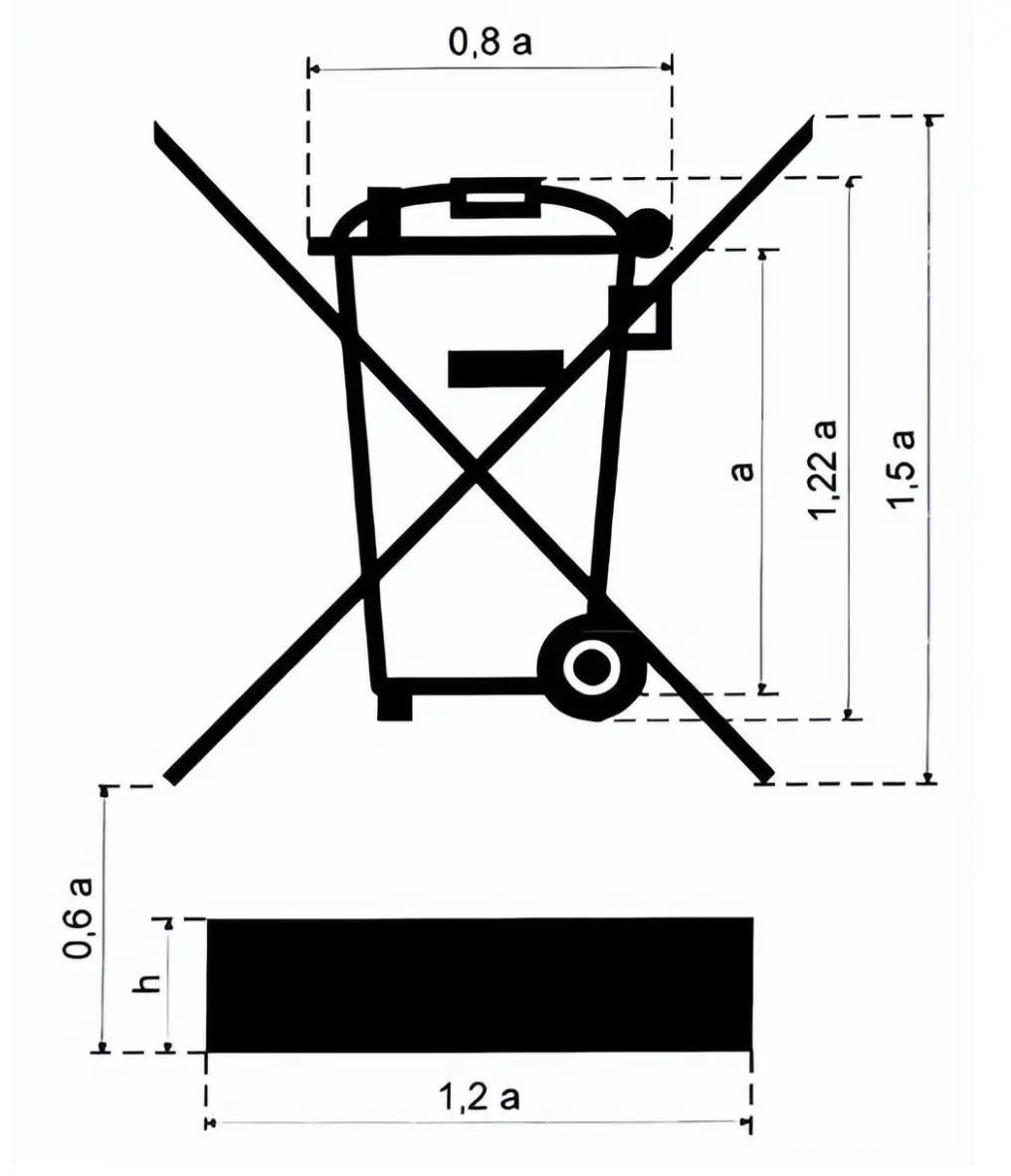
German WEEE Registration Timeline
The German WEEE registration process typically takes 7-8 weeks. During peak registration periods or in cases of non-compliance, processing may take longer. Factors affecting the timeline include:
- Incomplete or Incorrect Documents
Issues such as changes to the business license information or mismatches between registered data and actual products can cause delays.
- EAR's Review of Authorized Representatives
WEEE business pauses during the annual review period, and EAR limits the application quota for each authorized representative.
FAQs About WEEE
Can a WEEE Registration Number Be Used on Multiple Platforms?
Yes, it can be used across platforms, provided they are operated by the same entity and cover the same brand and product category.
How Can I Confirm Successful Product Registration?
You can check on the WEEE website: https://www.ear-system.de/ear-verzeichnis/hersteller#no-back
What’s the Difference Between WEEE and Battery Law?
German WEEE applies to electronic and electrical equipment, while the Battery Law targets batteries. Electronic products containing batteries require registration under both WEEE and the Battery Law.
How Can I Determine a Product’s Category?
At least one brand must be linked for registration, and the brand must match your Amazon store. Categories are determined by the platform, and misclassification can be appealed.
Email:hello@jjrlab.com
Write your message here and send it to us
 What is Amazon TIC and How Can Sellers Achieve Com
What is Amazon TIC and How Can Sellers Achieve Com
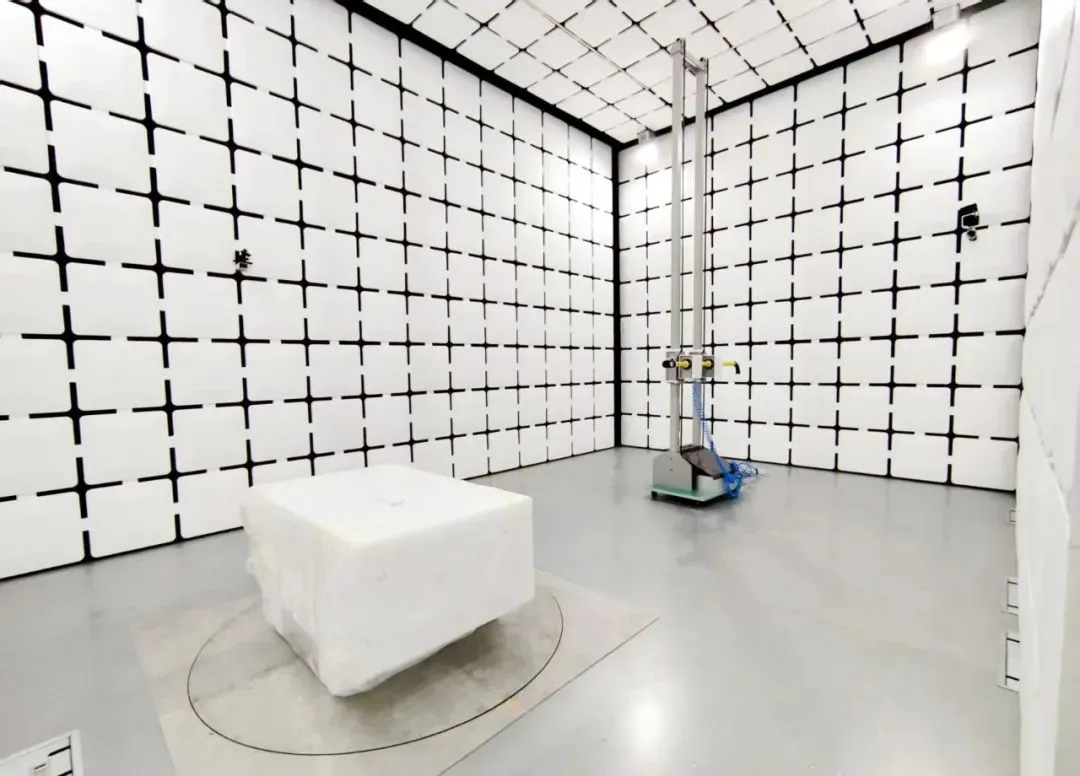 2026 Battery UN38.3 Certification (Test Report) &a
2026 Battery UN38.3 Certification (Test Report) &a
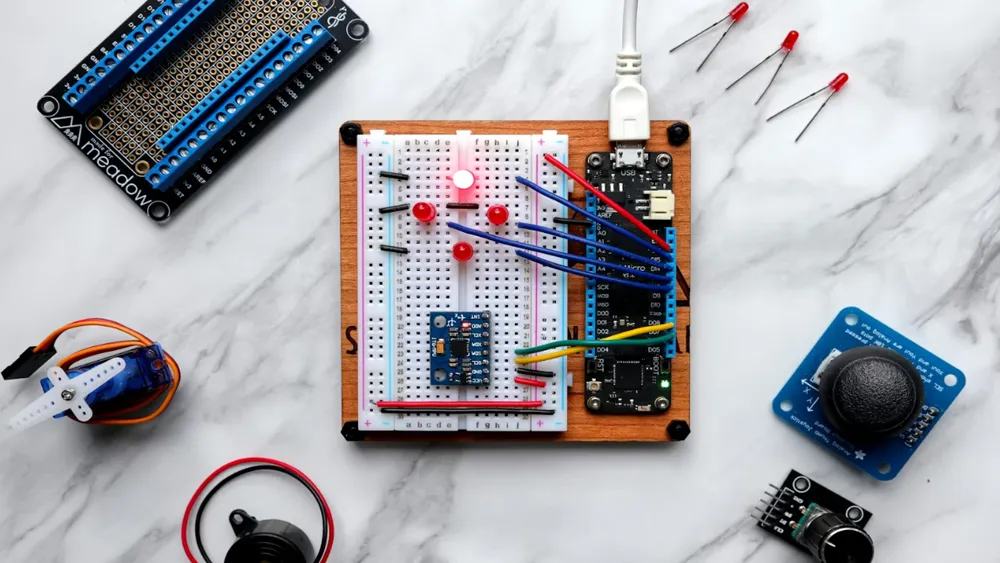 What is the IEC 62680 Standard? Compliance Interpr
What is the IEC 62680 Standard? Compliance Interpr
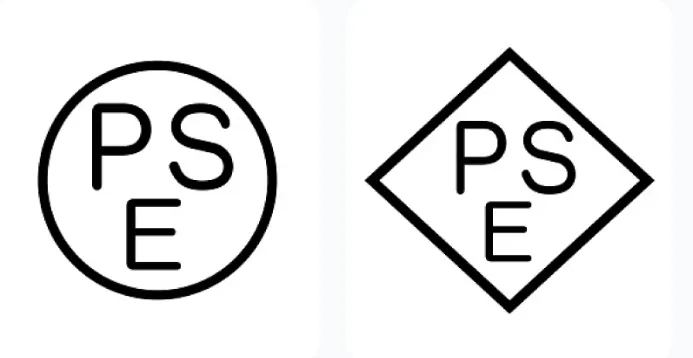 Amazon Japan December Compliance Requirements
Amazon Japan December Compliance Requirements
 How to Check a CPSC-Accepted Laboratory?
How to Check a CPSC-Accepted Laboratory?
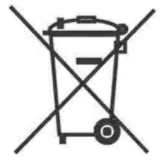 WEEE Registration for Waste Electrical &Electr
WEEE Registration for Waste Electrical &Electr
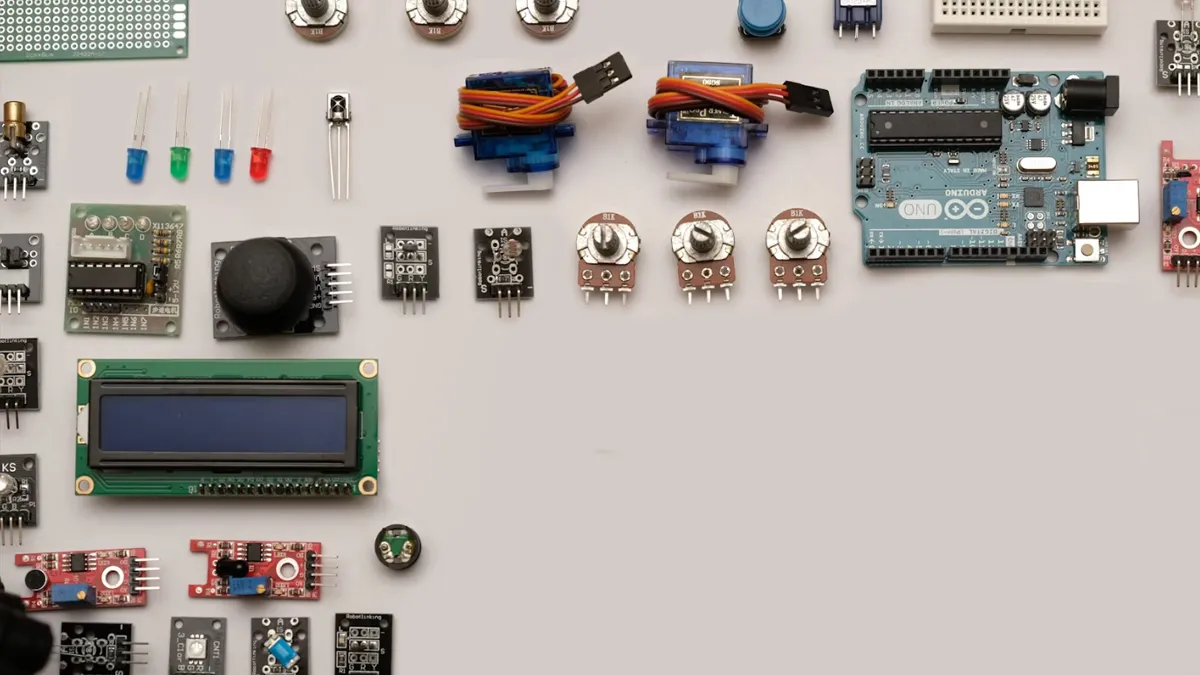 MSDS Chemical Safety Testing
MSDS Chemical Safety Testing
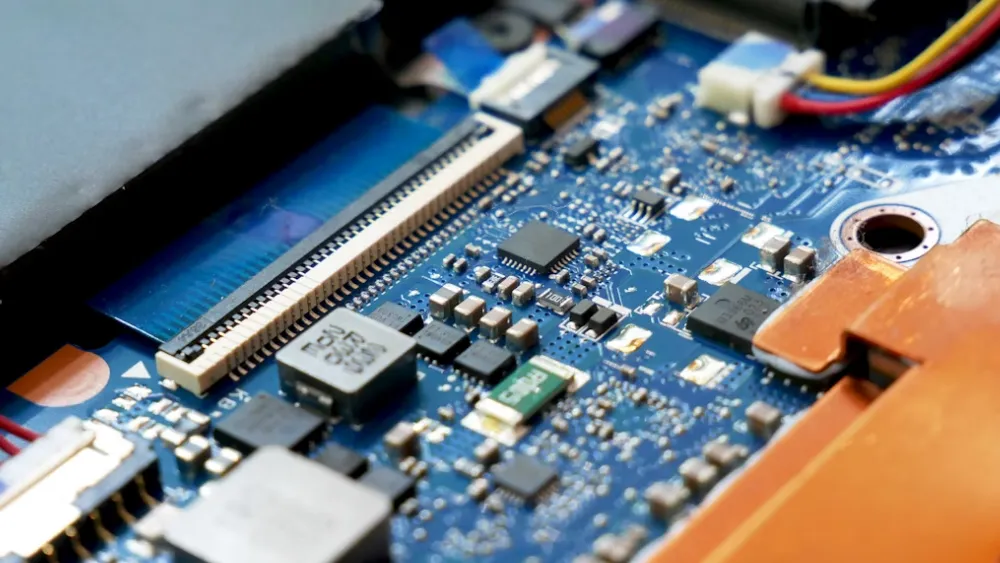 What Are the Differences Between UK REACH and EU R
What Are the Differences Between UK REACH and EU R
Leave us a message
24-hour online customer service at any time to respond, so that you worry!




